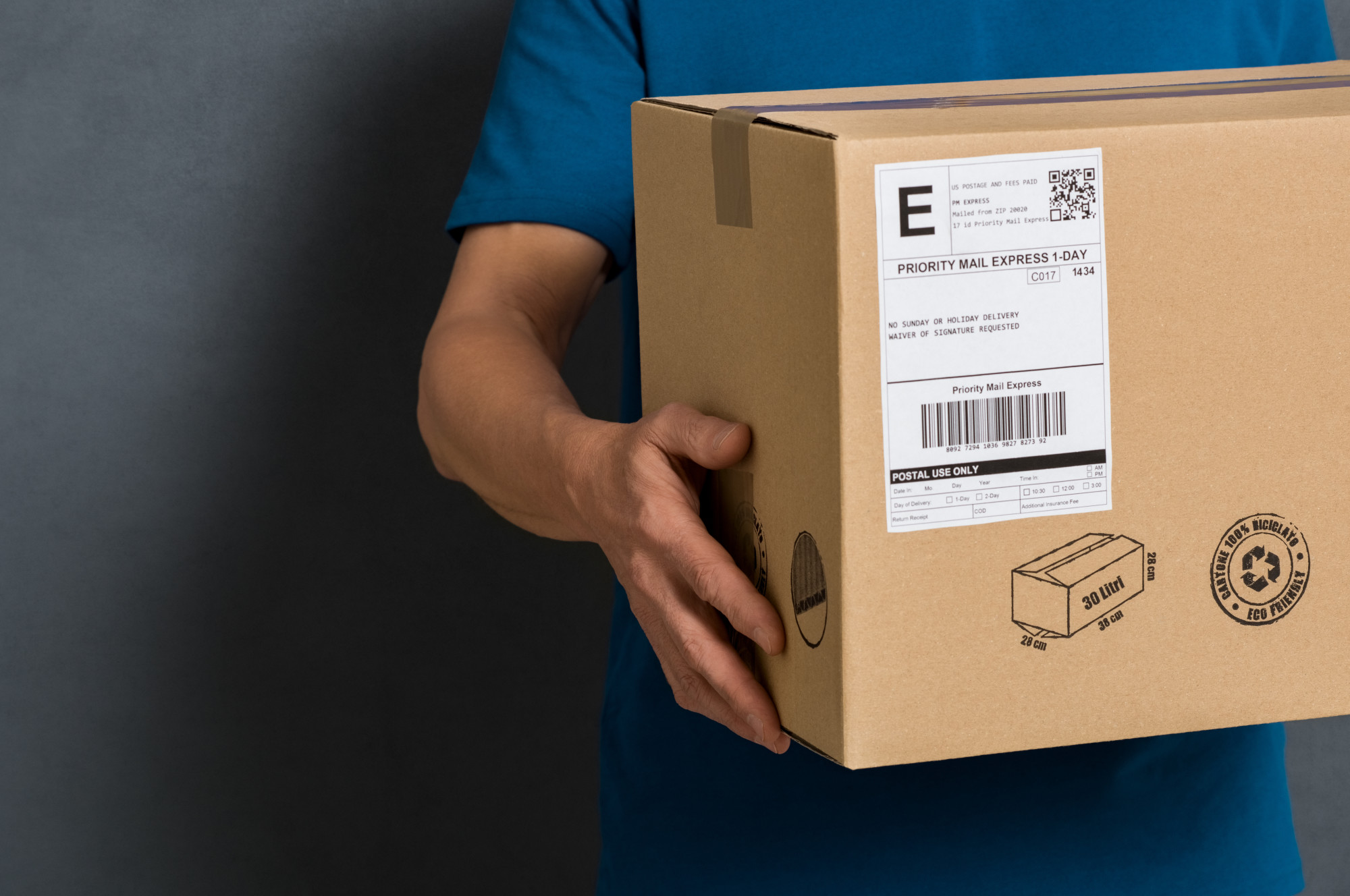After Amazon Prime employed its two-day shipping policy, the shipping fulfillment industry changed overnight. Millions of business owners suddenly had to compete with a corporate monolith and figure out a way to offer free, fast shipping — or suffer the slow death of abandoned shopping carts.
Whether you’re handling the shipping fees or still pushing them onto your customers, you have one question: How can I lower my shipping costs? Even small savings can have a big impact on your bottom line.
And that can mean everything for a small business.
Take advantage of today’s best shipping technology and cost-cutting tricks. Here’s how to save money on shipping.
1. Shop Around
Big names have the biggest networks, but also the biggest rates. You should absolutely compare prices with the large carriers, such as FedEx and UPS. But a regional carrier could offer you the same coverage your business needs without breaking the bank.
If you find your customers live nearby in your region, you usually stand to save money on shipping by going through a regional carrier in your neighborhood. You also want to consider other variables, such as shipping availability and weight caps.
Remember that shipping costs are always in flux. Think you’re paying too much with your current carrier? You probably are.
Shop around and discover your new best choice.
2. Avoid Carrier Insurance Plans
Just about every carrier offers its own shipping insurance plan. There’s no doubt it’s convenient checking the box on insurance while working through the same carrier. But what you might not know is you can also ensure your packages through a third party.
And this option is almost always cheaper.
Third-party insurance rates are about half the cost of those found with major carriers. Most businesses will see a significant reduction in overall shipping expenses by making the switch.
Of course, you may not need insurance in the first place. If you’re shipping inexpensive items, it may be better to bite the bullet when a package goes missing rather than paying for insurance that will never pay out more than you put in.
3. Divide and Conquer
If you’re shipping internationally or across the country, a fulfillment center could grant you a lower cost of shipping. Consider that shipping from one coast to the other is a large drive, and therefore a more expensive delivery.
Instead of shipping from a singular location, why not spread your items in warehouses across the country? When a customer makes a purchase, you’ll save by having a short delivery thanks to a nearby fulfillment center.
On top of these savings, fulfillment centers have an easier time competing with larger corporations, such as Amazon. Two-day delivery could be within your reach.
4. Understand Dimensional Weight
Everyone knows that it’s cheaper to ship lighter boxes. For that reason, you should always seek creative ways to decrease the weight of your package.
But fewer people understand dimensional weight, also known as DIM weight. Dimensional weight has been around for little more than a decade. It’s become more pressing year after year as the dimensional weight size continues to decrease.
Basically, if you ship a feather in a large cardboard box, your carrier will charge you for the volume of the box and not the weight of the feather. With shipping lanes overcrowded as is, it’s no surprise carriers are trying to save space. And you should, too.
If you are ever, for any reason, charged by dimensional weight, you need to find smaller, more efficient packaging methods. Otherwise, you’re throwing money away.
5. Use Free or Discounted Packaging
Major carriers and some regional carriers offer a variety of free or discounted packaging supplies. From cardboard boxes to bubble wrap, you should never have to pay full price for these materials.
Though, in some situations, it may make sense to go out of your way for specialized packaging. For example, you probably won’t find a carrier discount on a poly mailer. However, it’s cheaper than a traditional cardboard box.
6. Rent a Postage Meter
Businesses large and small rent postage meters to avoid daily trips to the local post office. It’s a worthwhile investment when you could be using your time to make more money.
But what is a postage meter? It’s a device that prints postage in place of a post office. That means you can address and mail your packages from your place of work. Best of all, a postage meter handles the financial details as well, so you only have to add more shipping funds to your account when the meter runs dry.
7. Buy Shipping Labels in Bulk
Bulk shipping is smart shipping. Do you have an accurate estimate of how many packages you’ll ship this month? You can use this to your advantage.
For prepaid shipping, you purchase a significant number of shipping labels at one time. Let’s say you’re going to ship at least 300 packages this month. Well, you can prepay for those 300 labels and put them on your packages in advance.
If you want to achieve cheap shipping, this should be your first move. Buying prepaid labels in bulk can easily cut your shipping expenses by around 15%.
How Can I Lower My Shipping Costs Right Now?
There’s one last trick to cutting down on shipping expenses. The secret is simple: pay for all shipping fees online. Since online portals are more convenient for carriers, they offer a sizable discount as an incentive.
Make the switch and you can start saving right away.
So, still asking yourself “how can I lower my shipping costs?” Between new carriers, postage meters, or dropping insurance altogether, there are countless ways to cut costs.
For more financial advice relevant to your business, search our website.
